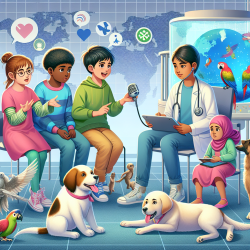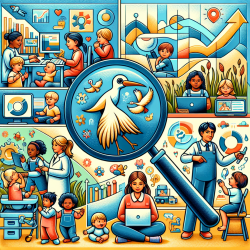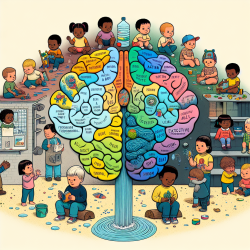Introduction
Animal-Assisted Interventions (AAIs) have gained traction as a complementary approach to traditional therapeutic methods, offering significant benefits for children with various conditions. However, the potential for zoonotic disease transmission poses challenges that must be addressed to maximize the effectiveness and safety of these interventions. This blog explores the findings of the research article "Human-Animal Interaction in Animal-Assisted Interventions (AAI)s: Zoonosis Risks, Benefits, and Future Directions—A One Health Approach" and discusses how practitioners can integrate these insights into their practices to improve outcomes for children.
Understanding the One Health Approach
The One Health approach emphasizes the interconnectedness of human, animal, and environmental health. This perspective is crucial in AAIs, where the health and well-being of both humans and animals are intertwined. By adopting a One Health approach, practitioners can ensure that AAIs are not only effective but also safe and sustainable.
Benefits of AAIs for Children
AAIs have been shown to offer numerous benefits for children, including improvements in emotional, social, linguistic, and cognitive functioning. Studies have highlighted the positive effects of AAIs on children with autism spectrum disorder, anxiety, depression, and other conditions. The presence of animals can create a calming environment, reduce stress, and enhance communication and social interaction skills.
Addressing Zoonosis Risks
While the benefits of AAIs are well-documented, the risk of zoonotic disease transmission remains a concern. The research emphasizes the importance of implementing preventive measures to minimize these risks. Practitioners should adhere to standardized protocols for hygiene, health, and behavioral monitoring. This includes regular health screenings for animals, maintaining up-to-date vaccinations, and ensuring that all participants are educated about zoonosis risks and prevention strategies.
Implementing Best Practices
To optimize the outcomes of AAIs, practitioners should consider the following best practices:
- Comprehensive Training: Ensure that all personnel involved in AAIs receive thorough training on zoonosis prevention, animal handling, and the specific needs of the children they work with.
- Animal Selection: Carefully select animals that are well-suited for therapeutic work, considering factors such as temperament, health status, and compatibility with the target population.
- Environment Management: Maintain a clean and safe environment for both animals and children, with regular sanitation and monitoring for potential health hazards.
- Collaboration: Foster collaboration between veterinarians, healthcare providers, and educators to create a multidisciplinary team that supports the One Health approach.
Future Directions
The research highlights the need for ongoing evaluation and refinement of AAI protocols to enhance their effectiveness and safety. Future directions include the development of standardized health and behavioral certifications for animals involved in AAIs and the establishment of international guidelines for best practices. By continuing to integrate data-driven insights and a One Health perspective, practitioners can ensure that AAIs remain a valuable tool for improving child outcomes.
To read the original research paper, please follow this link: Human-Animal Interaction in Animal-Assisted Interventions (AAI)s: Zoonosis Risks, Benefits, and Future Directions—A One Health Approach.










